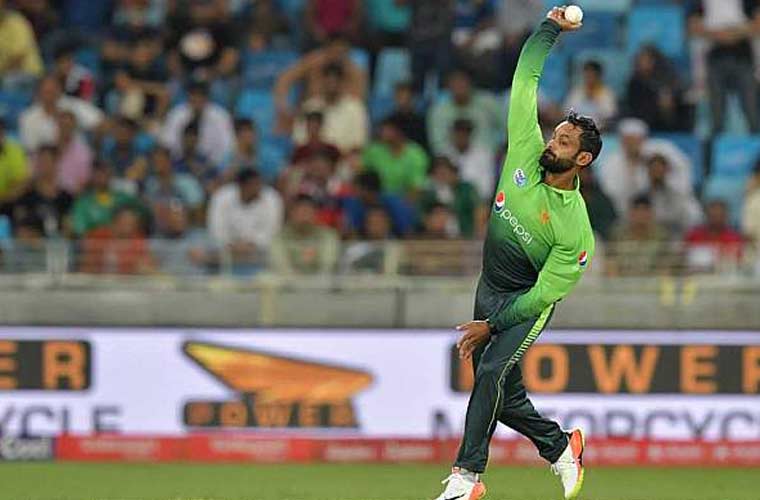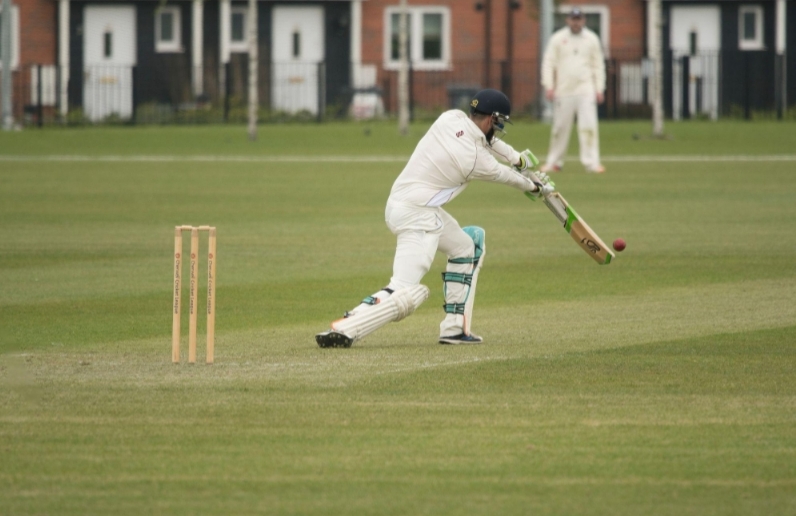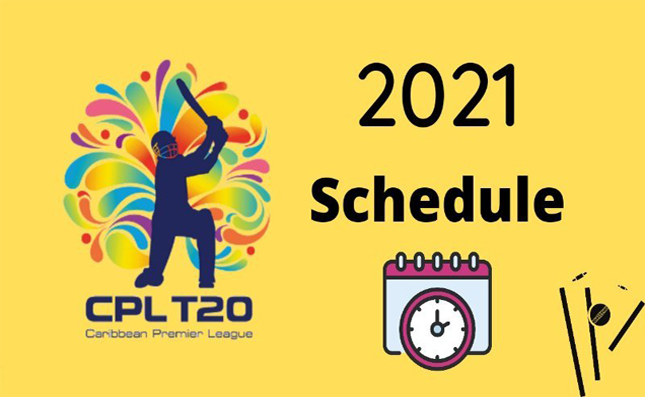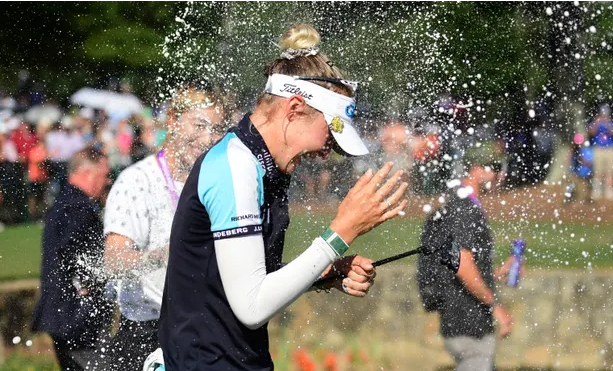Trending Now
- “I will soon make an announcement regarding a statewide tour across Tamil Nadu.” – O. Panneerselvam.
- Vatsala, Asia’s oldest elephant, has passed away at Panna Tiger Reserve; social activists mourn the death of this elephant, which lived for over 100 years.
- “The U.S. Govt earned ₹8 lakh crore this year through increased tariffs on foreign goods.” – U.S President Donald Trump.
- World No.1 Aryna Sabalenka has advanced to the semifinals in the Women’s Singles category at Wimbledon Tennis.
Sports
Time for another review to stop repeated chucking?
![]() October 28, 2017
October 28, 2017
Akash Sarkar
On October 20 this month, the International Cricket Council released the latest player rankings. Pakistan, who have been doing exceedingly well, had more reasons to celebrate as Hasan Ali rose to the top spot in the bowler’s table in One-Day Internationals while Mohammad Hafeez took pole position on all-rounder’s rankings.
And a day earlier, something interesting had happened. Hafeez had been reported for suspect action for the third time in his career. In the third One-Day International in Abu Dhabi, umpires Ahsan Raza, S Ravi, Richard Kettlebrough and Shozab Raza and/or match referee Andy Pycroft weren’t convinced about Hafeez’s action. A report was submitted to the ICC, and the team management, and the allrounder has been asked to undergo testing again. Since it hasn’t been mentioned, it’s understood all his deliveries are under scrutiny.
Hafeez was first reported in 2014 and since then has had almost three years to work on his action. Having had so much time, the onus now falls upon Hafeez to ensure that there aren’t any instances where the suspicion falls on his action again. During the third ODI, in which he was reported, Hafeez was able to bowl a touch quicker. The following ODI, in Sharjah, there was a conscious effort to deliver the ball with the elbow being within permissible limits. Now that also resulted in the ball coming out a lot slower.
Hafeez being reported again, after being asked to work on his action, might come across as surprising or unsurprising for you. However, there was something even more intriguing in the release the game’s governing body had sent. Here’s how the last part of the timeline mentioned in the release read:
This report is deemed to be a first report and the procedure outlined in clause 4.1 of the ICC Illegal Bowling Regulations shall now apply.
The intriguing part here, if you’ve missed it, is where it says “this report is deemed to be a first report”. What that actually translates to is if Hafeez fails the upcoming test, he’ll be suspended from bowling till he corrects his action and won’t be handed another 12-month suspension; he has already served one year long suspension from July 2015 to July 2016.
Now here’s where it gets tricky. Shouldn’t a bowler who has had time to work on his action be straightaway given another lengthy suspension if he fails the test again. Agreed, it’s pretty difficult to get used to the remodelled action and a player, at times, unconsciously can fall back upon his old habits.
Or, the bowler simply isn’t as effective as he was and the frustration of now being able to replicate previous performances gets to them. It’s only our nature to fall back on what we are comfortable doing when under pressure. There’s no method to wipe out what you are used to doing. Subconscious taking over is natural; isn’t it? So it’s natural the bowlers blur the lines. And that also means you are breaking the rules, which isn’t acceptable.
“Since the time I’ve started bowling with my remodelled action, starting from Australia, since then there hasn’t been any problem. I’ve continued with my reworked action only. There was problem in just one match. The previous game, or the games after that, there haven’t been any issues,” Hafeez said about being reported again. “I’m very confident that there’s no issue with my bowling. The bend is always going to be there but all I need to take care of is keep it under 15 degrees.”
Since December 2014, Hafeez has bowled in 23 innings and has picked up 14 wickets at an average of 53.28. Since being cleared to bowl last year, Hafeez has bowled in 17 innings in the 18 matches he has played and for his seven wickets he has averaged 74.28. Clearly, Hafeez’s rise to the top of the allrounder’s chart has been largely because of his batting. But that’s for a different debate.
“Presently there is no provision in the regulations to impose a permanent ban after a bowler has been reported for x number of times. Maybe down the line, the ICC Cricket Committee, which is headed by Anil Kumble, may suggest to include this provision, but until the regulation is amended, the present process will continue,” an ICC spokesperson confirmed to Cricbuzz.
In the last few years, the officials haven’t been apprehensive in pulling up bowlers for suspect actions. Several prolific bowlers are now out of action because of the stringent measure put in place by the ICC. And, like everything that’s in existence, there are small flaws in the measure put in place as well.
What the ICC needs to do is draw a line. How many times should a bowler be given leeway, after working on his action, before a harsher punishment is handed to him? Say a two-year ban after failing twice. Or a three-year ban if the player is reported for more than five times and continuously fails the test?
Hafeez has already been reported thrice. There have been several players who have been called multiple times. Sunil Narine, Shane Shillingford, Marlon Samuels, Sabbir Ahmed and several others. The clampdown, that started in 2014, has already yielded some positive results. However, with the current system in place, how do you stop players from going back to their old habits? Especially when the players are aware if they have served a 12-month ban, there won’t be a harsher sentence coming their way if they are pulled up again?
An ICC meeting on June 25 in 2014 in Melbourne changed cricket for good. The process of reviewing suspect action was revamped. Maybe it’s time for another review to better the measure that had been put in place three years ago?
























